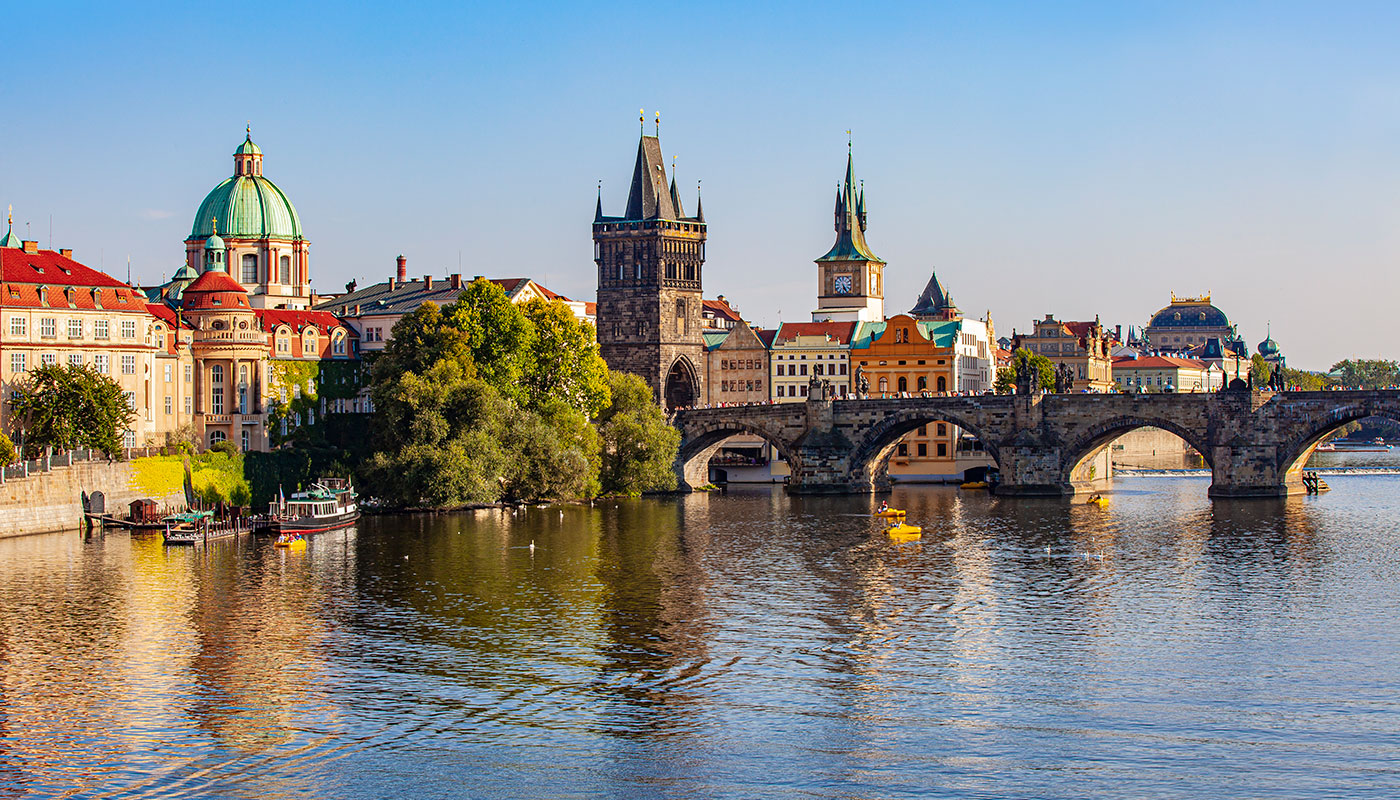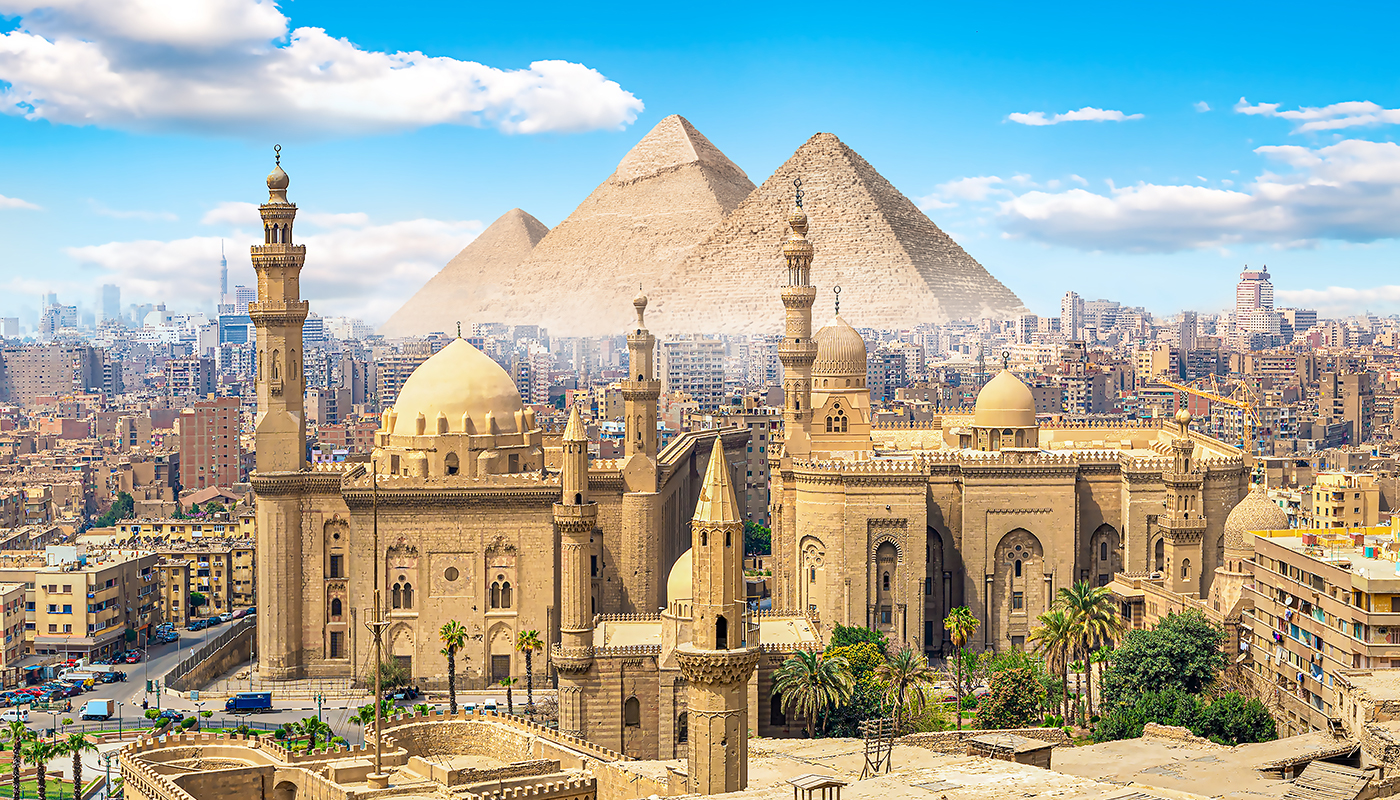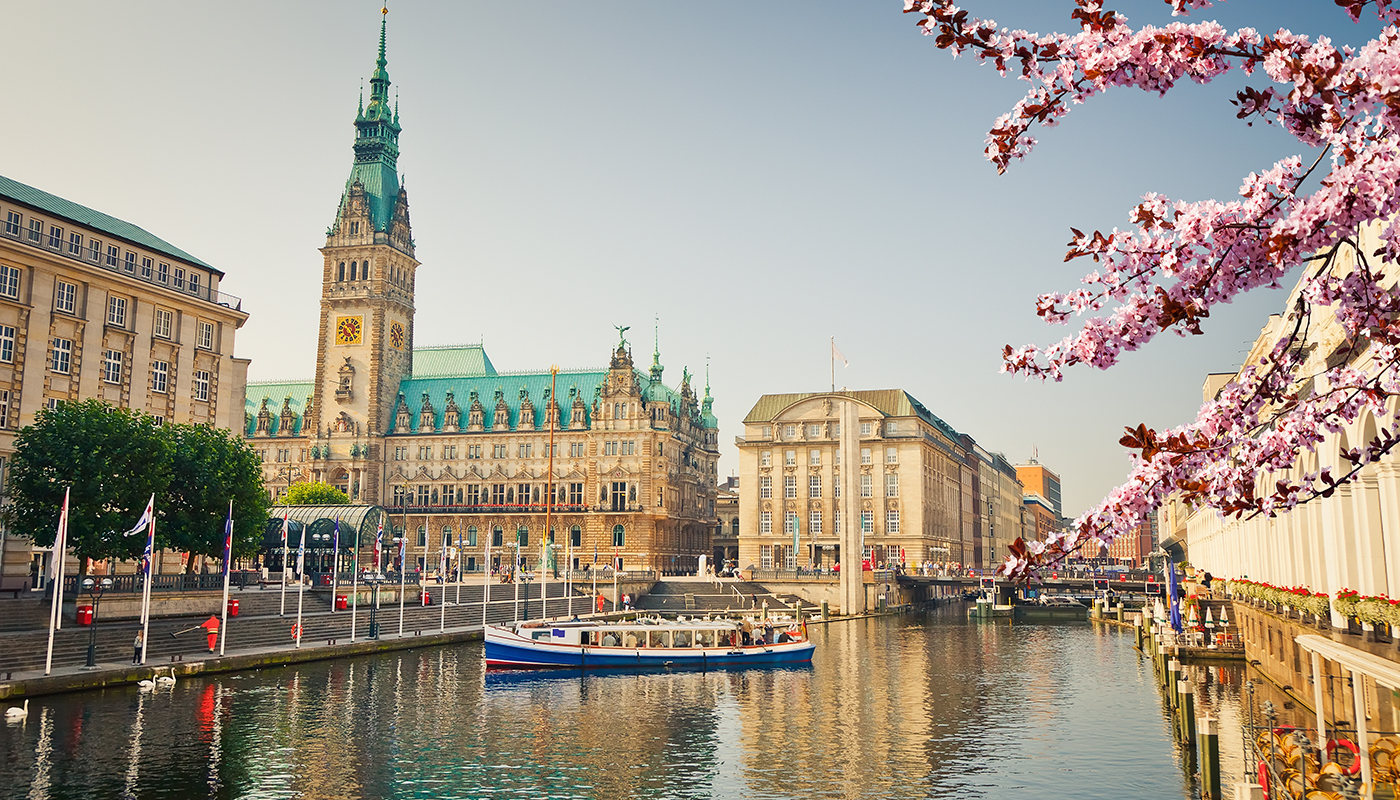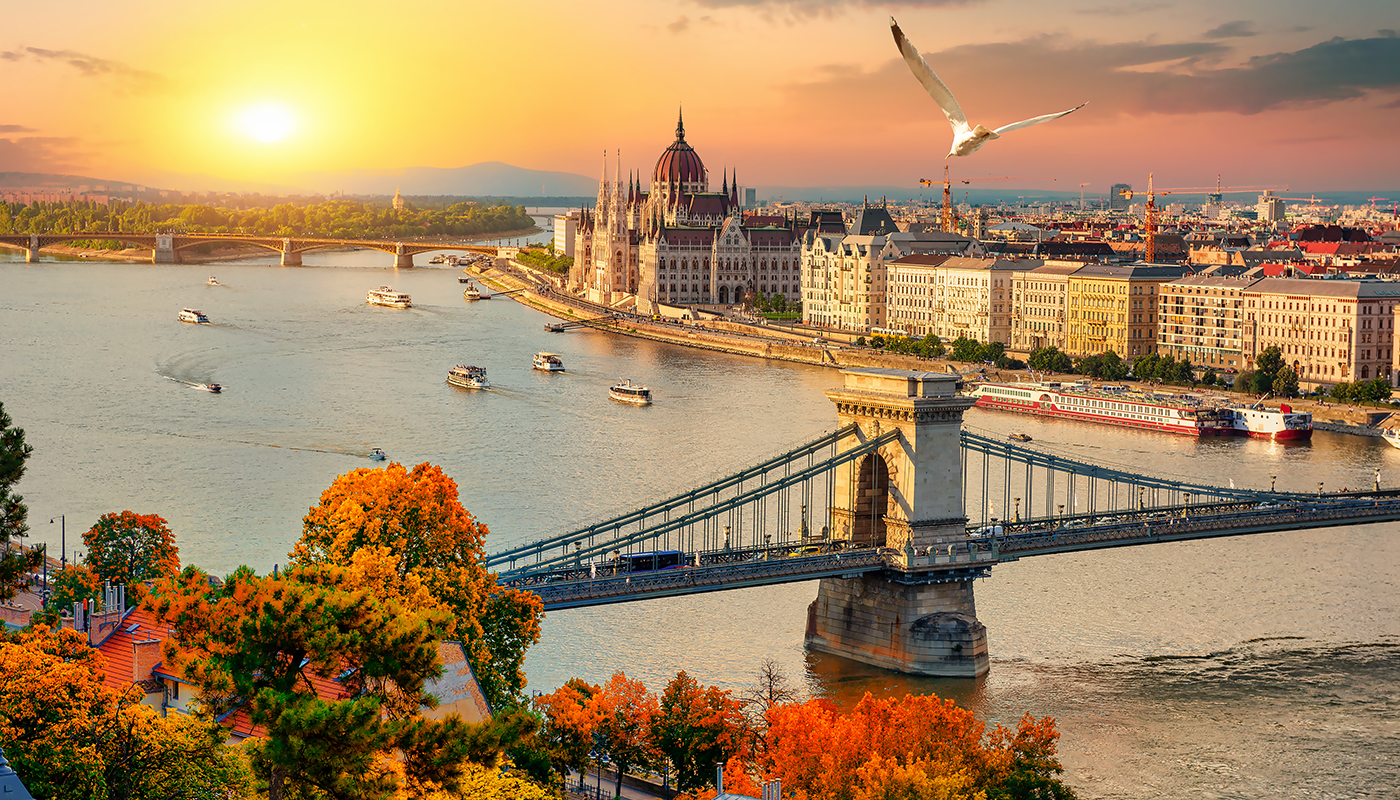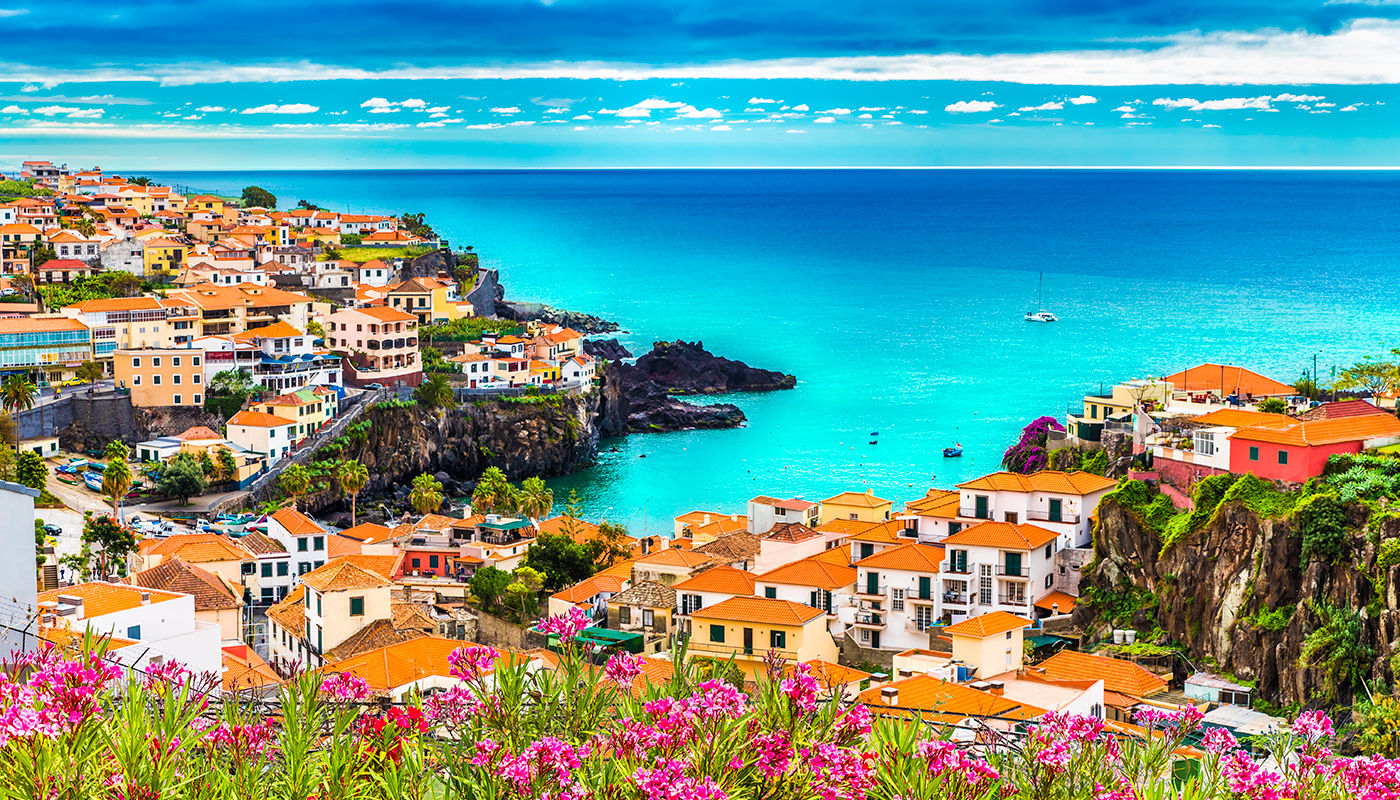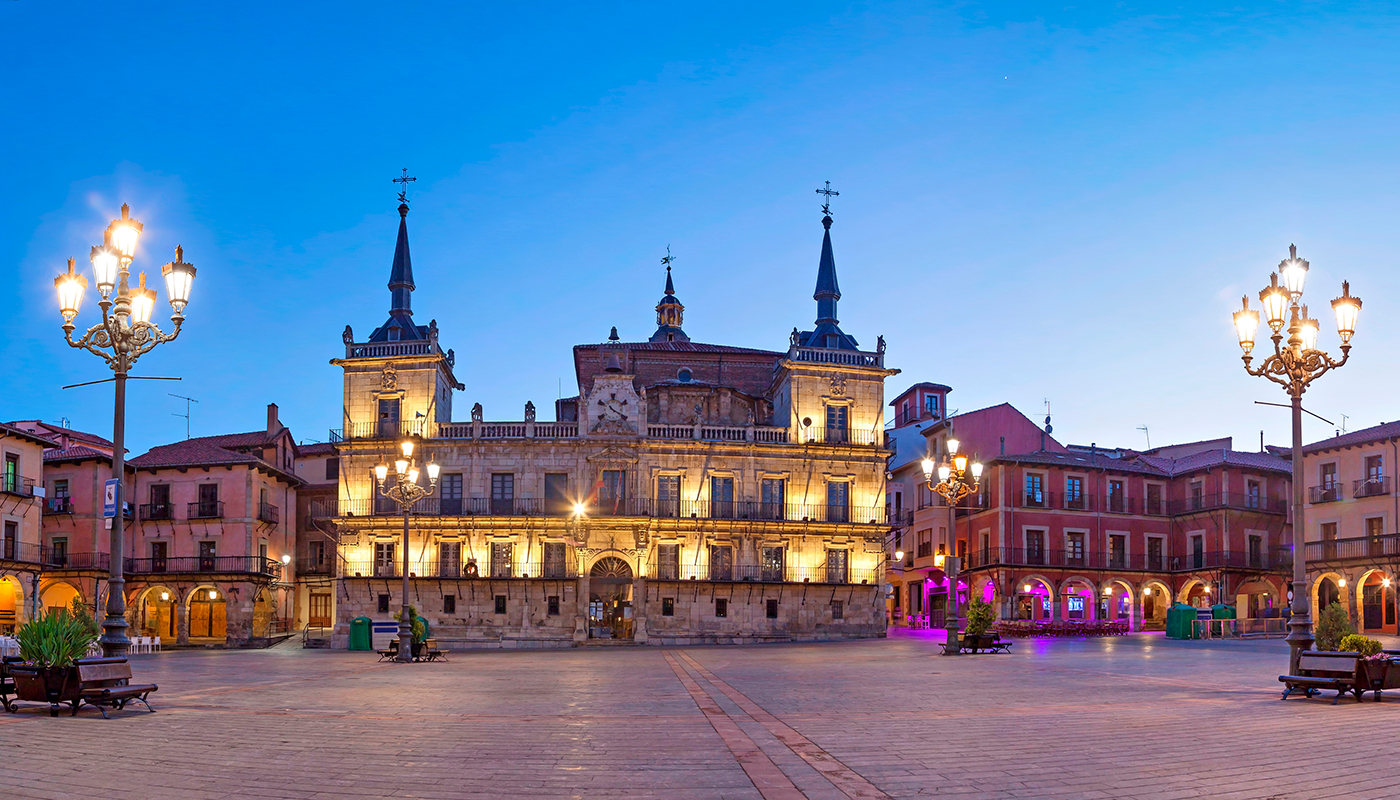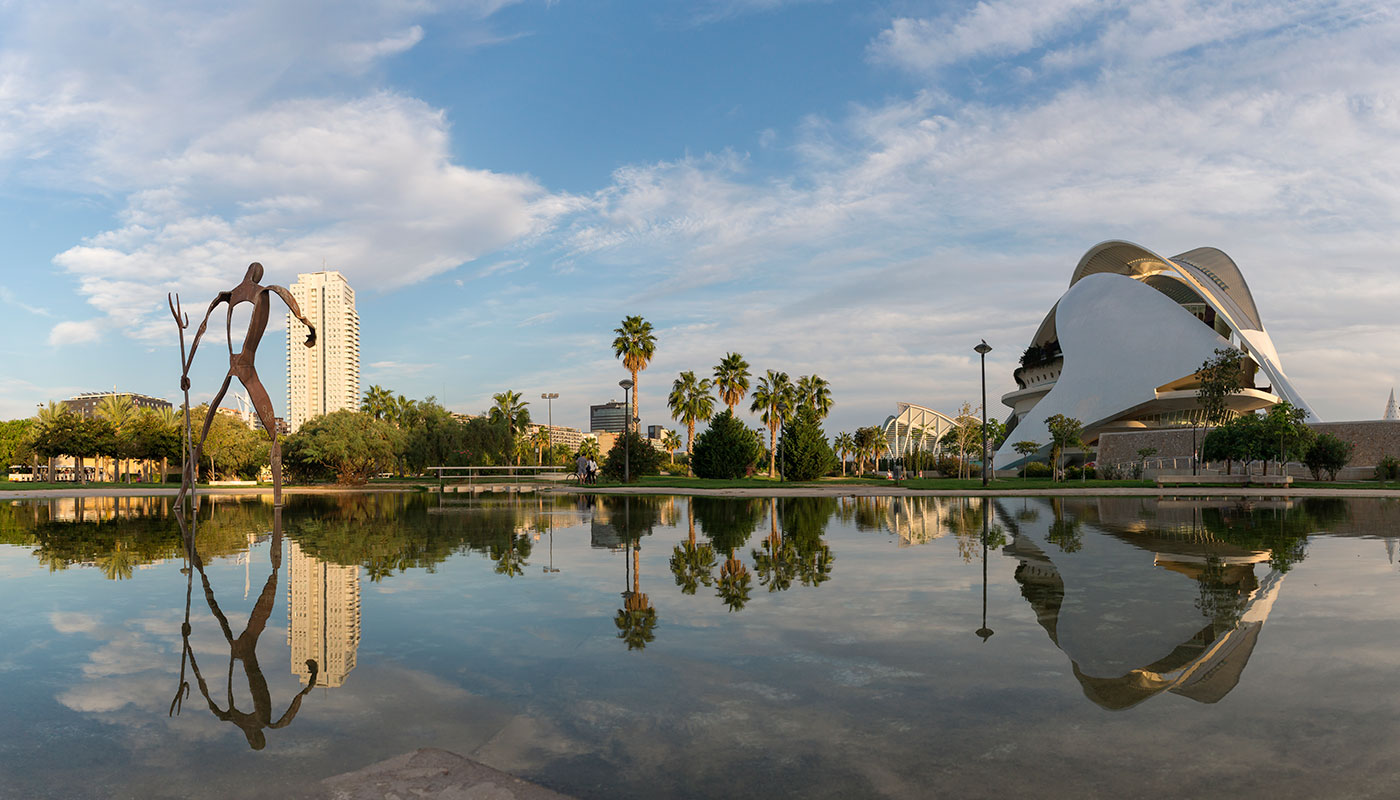The Hofkirche, officially known as the Holy Trinity Cathedral, is much more than a Catholic church in a traditionally Protestant city; it is a symbol of Saxony’s complex religious and political history. Located in the heart of Dresden, this magnificent Baroque cathedral reflects the aspirations of power and faith of the Wettin dynasty, who, after generations of Lutheranism, decided to change course. The construction of the Hofkirche was ordered by Frederick Augustus II, son of Augustus the Strong, who, like his father, converted to Catholicism in order to accede to the throne of Poland. The monumental project not only sought to satisfy his religious needs, but to consolidate his status as the monarch of a Catholic kingdom in a predominantly Protestant setting. The Hofkirche, with its grandiose architecture and its role as the Wettin family mausoleum, is a tangible reminder of how religion and politics were intertwined in the destiny of Saxony.
The church’s history: the creation of a Catholic symbol in a protestant land
The history of the Hofkirche is closely linked to the Wettin dynasty and the political ups and downs of eighteenth century Europe. Traditionally Protestant, the Wettin family changed course when Augustus the Strong, Elector of Saxony, converted to Catholicism in 1697 to secure the crown of Poland, a deeply Catholic kingdom. This change of faith, however, was not followed by the majority of Saxons, who remained firmly Lutheran. Augustus’s decision was purely strategic in order to expand his influence, but it marked the beginning of a complicated relationship between the Wettins and their faith.

It was his son, Frederick Augustus II, who decided to consolidate the Catholic presence in Dresden by building a spectacular cathedral to project the power of his dynasty. In 1739, he ordered the construction of the Hofkirche, an ambitious project entrusted to the Italian architect Gaetano Chiaveri. The result was an enormous church that stood next to the royal palace, connected to the castle by a bridge to allow the royal family direct access. The Hofkirche was to serve not only as a place of worship, but also as a mausoleum for the Wettin family in an attempt to establish their lineage as a fundamental part of the identity of Dresden and Saxony.
During World War II, the Hofkirche was badly damaged due to bombing that destroyed much of the city, but was restored in the 1960s, regaining its role as a symbol of Dresden’s resilience and complex history. Today, the church houses the remains of several members of the Wettin family, and contains an urn that holds the heart of Augustus the Strong, a symbolic gesture reflecting his love for Saxony and his dedication to the Catholic faith, a faith adopted not only out of personal conviction, but also as a political strategy.
Architecture: a Baroque masterpiece with Italian touches
The architecture of the Hofkirche is an outstanding example of the late Baroque, combining traditional features with the innovation of its time. Gaetano Chiaveri, the Italian architect behind the project, designed the church with a longitudinal cross-shaped structure, typical of European cathedrals, and embellished it with sculptural and ornamental features that give the façade a particular elegance. Its extraordinary dimensions, with a tower standing 85 metres tall, overlook the Dresden landscape and contrast with the more sober architecture of the surrounding Lutheran buildings.

One of the most striking elements of the Hofkirche is the exterior gallery decorated with 78 statues of saints and biblical figures, a feature which, together with the high arches and windows, lends a special dynamism to the façade. Although it has undergone alterations over the years, the interior retains its Baroque spirit with its imposing columns, frescoes and elaborate altarpieces. The light that filters through the large windows lends a solemn and mystical air to the space, accentuating the sense of grandeur that Chiaveri wanted to convey in his design.
What to see: the heart of Augustus the Strong, the Wettin crypt and other art treasures
On entering the Hofkirche, visitors are greeted by an atmosphere of solemnity and grandeur, in which several elements of artistic and historical value stand out. One of the focal points is the high altar, decorated with a piece by the Italian painter Anton Raphael Mengs, depicting the Assumption of the Virgin. The magnificent altar, together with the frescoes and statues that adorn the interior, are examples of the aesthetic richness that characterises the late Baroque period.

Several members of the Wettin family are buried in the church’s crypt, where, resting in an urn, is also the heart of Augustus the Strong, which was brought from Poland as a gesture of his love for Saxony. This relic is a deeply moving symbol, making the Hofkirche a place of pilgrimage for those who wish to honour the memory of the great Elector. The church also houses an organ from 1755 by Gottfried Silbermann, one of the most outstanding organ builders of the Baroque era, whose sound continues to delight visitors during services and concerts held in the church.
Another interesting feature is the letter ‘N’ that appears on a paving stone at the entrance to the church: it is said to be the place from where Napoleon set off with his troops for the battle of Dresden on 26 August 1813.
Planning your visit: everything you need to know to explore the Hofkirche
For those interested in visiting the Hofkirche, admission is usually free, although donations are welcome for the upkeep of this historical monument. The church is open every day of the week, generally from 10 am to 6 pm, although opening hours may vary during religious holidays. We recommend checking the opening times and the possibility of guided tours, as these offer deeper insight into the history, art and anecdotes surrounding the cathedral.
Guided tours are an excellent way to explore the Hofkirche in depth, especially for those who wish to learn more about the symbolism of the saints’ statues, the significance of the relics in the crypt and the historical context that led to its construction in a Protestant city. What’s more, the proximity of the Hofkirche to other tourist attractions, such as Dresden Castle and Brühl Terrace, makes it easy to include this visit in a tour of the historical city centre.








